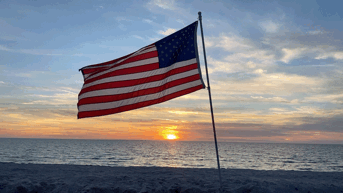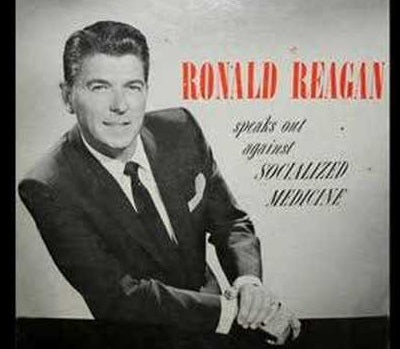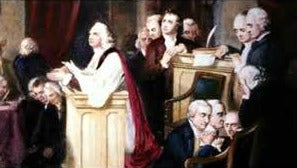Today's American Minute
Poet Alfred Lord Tennyson, "Charge of the Light Brigade," Crimean War; Russia's sale of Alaska - American Minute with Bill Federer
The Siege of Sevastopol lasted eleven months. Russia sank its entire fleet to block the entrance to this important harbor, but it fell to the British, French, and Italians from Italy's Piedmont region, who were fighting on the side of the Muslim Ottoman Turkish Empire.
Pacific World War II with Imperial Japan; Lt. Bush's rescue and Mitsuo Fuchida's redemption "From Pearl Harbor to Calvary" - American Minute with Bill Federer
The 1929 Stock Market Crash and Great Depression had repercussions in Germany and Japan. Hitler and his Socialist Workers Party centralized power in Germany. Likewise, Shōwa Emperor Hirohito and his generals, centralized power in Japan into a totalitarian, militaristic state.
Pacific World War II, ramming of PT-109, JFK's quotes on Freedom, Israel, Iran, Faith - American Minute with Bill Federer
On the foggy night of August, 2, 1943, PT-109 was idling on one engine to avoid detection while awaiting approaching enemy destroyers. The crew was shocked to realize they were in the direct path of an oncoming speeding destroyer, the Amagiri.
Reagan on Secularism, Socialism, Abortion, Middle East , the Bible - American Minute with Bill Federer
Reagan stated in Beijing, China, April 27, 1984: "I have seen the rise of fascism and communism. Both philosophies glorify the arbitrary power of the state ... But both theories fail. Both deny those God-given liberties that are the inalienable right of each person on this planet, indeed, they deny the existence of God."
First Prayer in Congress, September 1774, "Establishment Clause must be interpreted by reference to historical ... understandings"-Supreme Court, Galloway - American Minute with Bill Federer
"Establishment Clause must be interpreted by reference to historical practices & understandings"-Supreme Court First Prayer in Congress Galloway September 1774
Justice Kennedy wrote in Town of Greece, NY, v. Galloway et al, May 5, 2014: "The first prayer delivered to the Continental Congress by the Rev. Jacob Duché on Sept. 7, 1774, provides an example: '... All this we ask in the name and through the merits of Jesus Christ, Thy Son and our Saviour, Amen' ... (W. Federer, America’s God and Country 137, 2000)."





